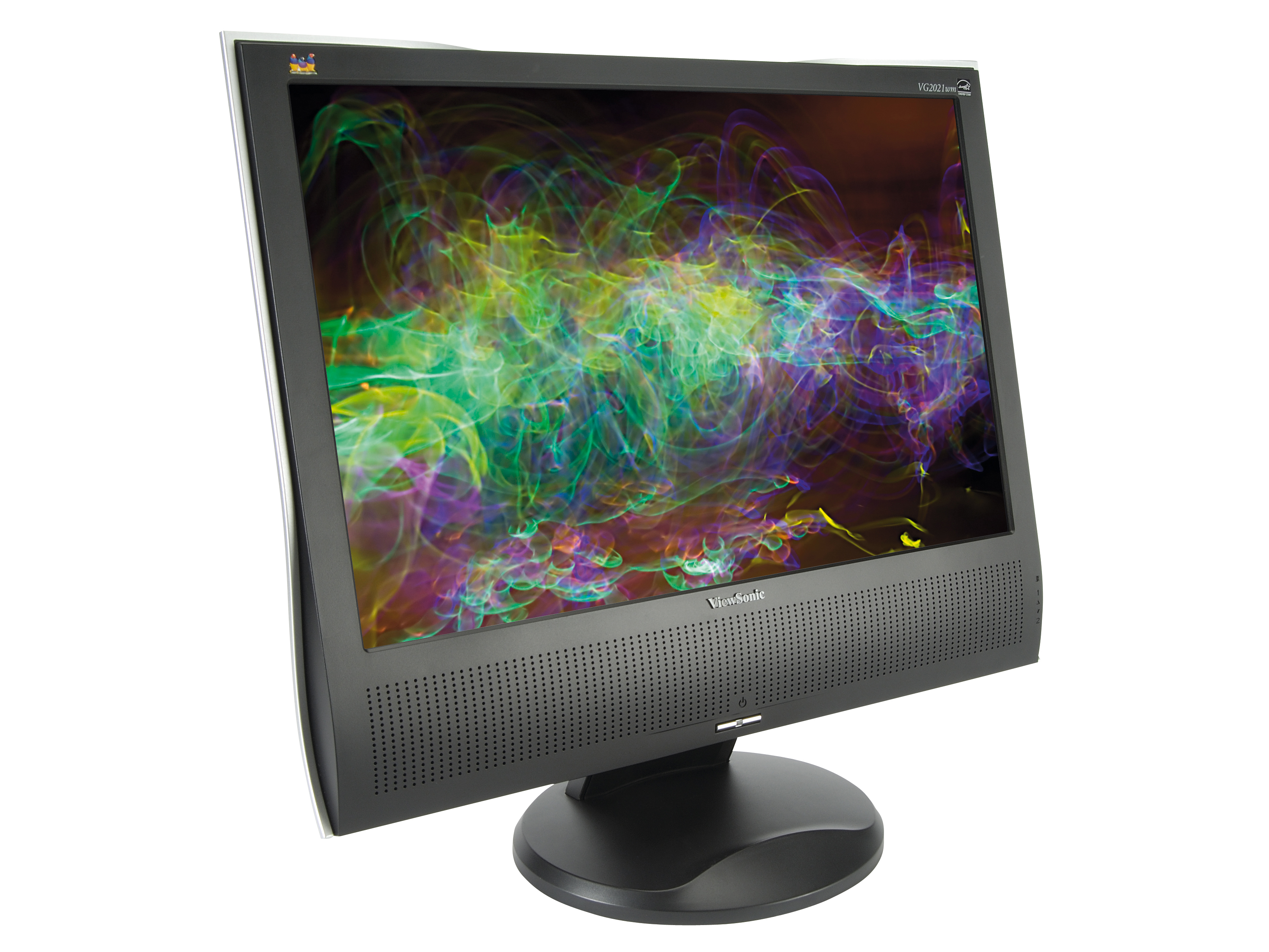TechRadar Verdict
It's main selling point is value, but even on this front rival displays leave it standing
Pros
- +
Good response time
Sharp images
Cons
- -
No DVI input
Fiddly controls
Image tends towards darkness
Why you can trust TechRadar
Widescreen monitors aren't just for the exciting things in life, such as watching films on. Multi-tasking with office programs becomes almost a joy, as you flit between spreadsheets, word processor documents and more besides, with all that extra width to accommodate them.
The ViewSonic VG2021wm's sub-£200 price tag looks quite aggressive until you consider that both the Samsung SyncMaster 205BW and the Iiyama ProLite E2200WS, to name but a couple, are similarly priced. Compare the specs and the ViewSonic's main failing hurtles into view: unlike the other two screens, the VG2021wm lacks a DVI input.
A sharper image
For a budget monitor, the ViewSonic has a high-quality finish and sharp styling. The front panel is free of clutter but the trade-off is that control buttons are hidden out of view on the side, with an all but illegible legend, reducing adjustments to fiddly guesswork.
Better news is that the display image proved equally sharp in our tests, with no unwanted video noise or other attributes, even taking into account the reliance on an analogue feed. Response time is quoted as 5ms, which is a true black-white-black measurement rather than grey-to-grey. This translates into great performance for fast-moving game graphics and video.
Colour accuracy was reasonably good at the 6500K setting, although blues were slightly muted on our review sample. There's plenty of brightness and contrast in reserve, but in sRGB mode the screen image proved rather darker than it should have been.
So, you could be in for some unpleasant surprises if you use this mode for photo editing and then order prints online. Overall, the ViewSonic doesn't really do enough to justify its price tag compared with the competition.
Tech.co.uk was the former name of TechRadar.com. Its staff were at the forefront of the digital publishing revolution, and spearheaded the move to bring consumer technology journalism to its natural home – online. Many of the current TechRadar staff started life a Tech.co.uk staff writer, covering everything from the emerging smartphone market to the evolving market of personal computers. Think of it as the building blocks of the TechRadar you love today.
